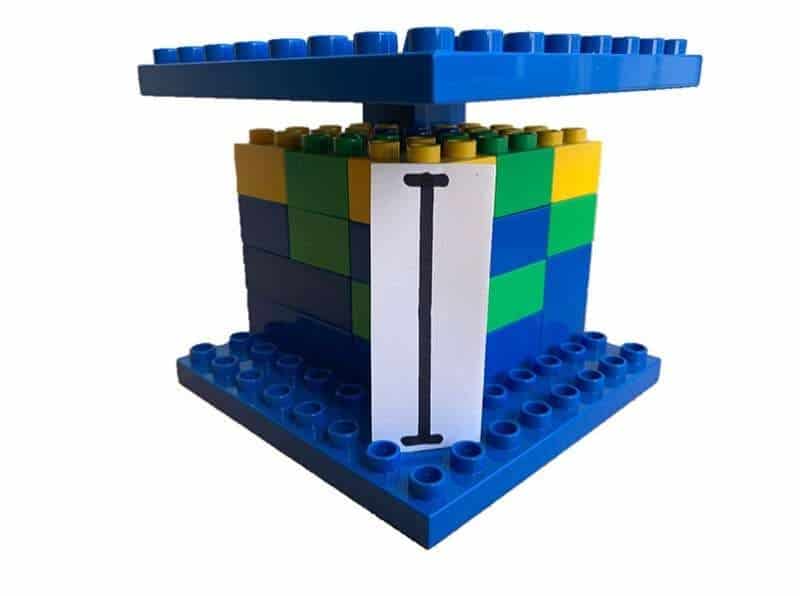
When faced with a problem, people tend to use solutions that involve adding new elements rather than considering subtracting existing components. In other words, people tend to choose complicated solutions even when removing things is ideal. For instance, removing stoplights and signs from intersections rather than adding more actually improved safety in some Dutch towns. There are many other such examples.
Engineers at the University of Virginia noticed this bias and decided to embark on a study that might reveal a psychological explanation for why people tend to prefer additive problem solving rather than subtraction. As it turns out, we really have a propensity for overcomplicating our lives. But in the process, the researchers also found some brain hacks to make life easier.
“It happens in engineering design, which is my main interest,” said Leidy Klotz, associate professor of engineering at the University of Virginia and lead author of the new study. “But it also happens in writing, cooking, and everything else—just think about your own work and you will see it. The first thing that comes to our minds is, what can we add to make it better. Our paper shows we do this to our detriment, even when the only right answer is to subtract. Even with financial incentive, we still don’t think to take away.”
Less really is more
Klotz and colleagues first recruited 91 volunteers who were asked to make a pattern symmetrical by either adding or removing colored boxes. The overwhelming majority (80%) used addition. In another study, the researchers analyzed over 650 proposals for improvement submitted to a university president, finding that only 11% involved eliminating an existing regulation or program. The same pattern emerged when researchers looked at tasks and proposals involving the modification of essays, itineraries, or structures. This part of the study showed that the vast majority of people tend to tackle problems by incorporating augmentation in their solutions rather than subtraction.
In the second part of the study, the researchers delved into the ‘why’. They conducted a series of eight experiments involving more than 1,500 people recruited from either the university’s company or from the crowdsourcing site Amazon Mechanical Turk.
During one such experiment, the volunteers had to stabilize the roof of a Lego structure that was kept erect by a single block sitting atop a cube-shaped base. Completing this task earned the participant $1, but adding blocks cost ten cents apiece while removing blocks were free. This is where things got interesting. The participants were split into two groups, whereby one was told “each piece that you add costs ten cents but removing pieces is free” while the other was just told, “each piece that you add costs ten cents”. Only about 40% of those who weren’t made aware that subtraction is free chose to eliminate blocks compared to almost two-thirds in the group that was cued in.
Other experiments showed that people were more likely to consider eliminating design elements if they received proper practice trials beforehand. However, simultaneously juggling another task — such as having to remember numbers popping up on a screen — made the participants much less likely to consider subtraction. This suggested that solutions involving cutting elements rather than adding new ones are more cognitively taxing.
“Additive ideas come to mind quickly and easily, but subtractive ideas require more cognitive effort,” Benjamin Converse, associate professor of psychology at the University of Virginia, said in a statement. “Because people are often moving fast and working with the first ideas that come to mind, they end up accepting additive solutions without considering subtraction at all.”
“The more often people rely on additive strategies, the more cognitively accessible they become,” Gabrielle Adams, assistant professor of psychology at the University of Virginia, said. “Over time, the habit of looking for additive ideas may get stronger and stronger, and in the long run, we end up missing out on many opportunities to improve the world by subtraction.”
It was never a secret that businesses tend to opt for complexity rather than simplification, but this study shows how painfully valid this bias can be in day-to-day life. On the bright side, the findings also show that being cognizant of subtractive solutions can put us on the right path.
“It’s an incredibly interesting finding, and I think our research has tremendous implications across contexts, but especially in engineering to improve how we design technology to benefit humanity,” Klotz said.
The findings appeared in the journal Nature.






